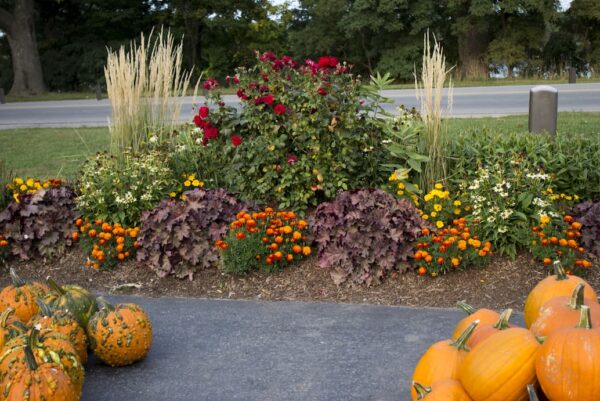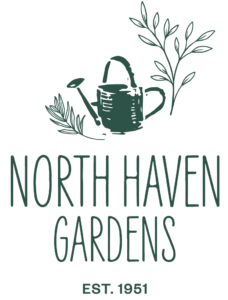If you’re passionate about gardening, it’s exciting to know that if your garden is located in Dallas and the surrounding area, you can garden almost all days of the year. But how is it possible for you to be able to do what you love well into the fall and winter seasons?
North Haven Gardens has been helping gardeners in the DFW area with the answer to this question and others for more than 70 years. Learn how NHG can take you step by step through a fall planting guide for a garden located in Dallas and surrounding areas.
What to Know About Fall Planting in Texas
Not knowing how to plan and execute your fall planting will mean not realizing the full potential that your garden can provide. Knowing how to plant in the timespan available for garden production will maximize your garden’s potential and provide a more bountiful harvest than you could have imagined.

Extended Planting Opportunities for Gardeners in Zone 8
When the United States Department of Agriculture (USDA) determines the plant hardiness zone for your area, they base it on the average annual extreme minimum winter temperature in the area where your garden is located.
For example, Dallas and the surrounding area is in Zone 8. So, the average lowest winter temperature that usually occurs annually in this area is between 10 and 20 degrees Fahrenheit.
The USDA can calculate the last frost date by knowing this information.
Zone 8’s last frost date is approximately March 21st, while the first frost date is around November 26th. This information gives garden enthusiasts in the Dallas and Fort Worth areas an idea of when they can grow certain plants and for how long during 250 days of gardening opportunity. Remember, these dates are estimated, so you should check your local weather forecast for frost warnings outside these approximations.
Texas Fall Planting Guide for Vegetables and Fruits
If you plan to start your fall vegetable and fruit garden with seeds or transplants, you’ll have to start at different times for different plants as you did for your spring plants. However, for the fall harvest, the order of seeding and transplanting will be the opposite of the spring schedule.
For example, for the spring harvest, you may have planted kale seeds much earlier than cantaloupe or watermelon seeds.
However, for the fall harvest, you’ll have to start the seeds for the cantaloupe or watermelon much earlier than the kale.
For a more comprehensive schedule for when to plant your favorite vegetables and fruits, like beans, pumpkins, lettuces, and more, visit our full length zone 8 planting guide.
What to Plant in the Fall
Because of Zone 8’s extended milder weather, your garden’s beauty can continue as summer fades into fall. There are many perennials and shrubs to select from, like chrysanthemums, dahlias, or coral bells, that are at their best in cooler weather.
Some perennials and shrubs, like asters or the Kaleidoscope Abelia, will only flower in the fall. In contrast, others, such as columbine flowers or the Encore Azalea, bloom multiple times during the year.
If you plan to plant perennials or shrubs in the fall, it’s best to plant these several weeks before the first freeze is expected, around November 26th.
Learn More About Fall Planting in Texas from Our Garden Coaches
North Haven Garden’s Garden Coach Program has helped gardeners at all levels of expertise with gardening basics and overcoming challenges to achieve the most productive garden year after year.
Our horticulture and landscaping experts can recommend the proper plants to plant in the fall and how to maintain them to maximize the full potential of your garden.
Image Credit: Kristine Jones, Shutterstock

